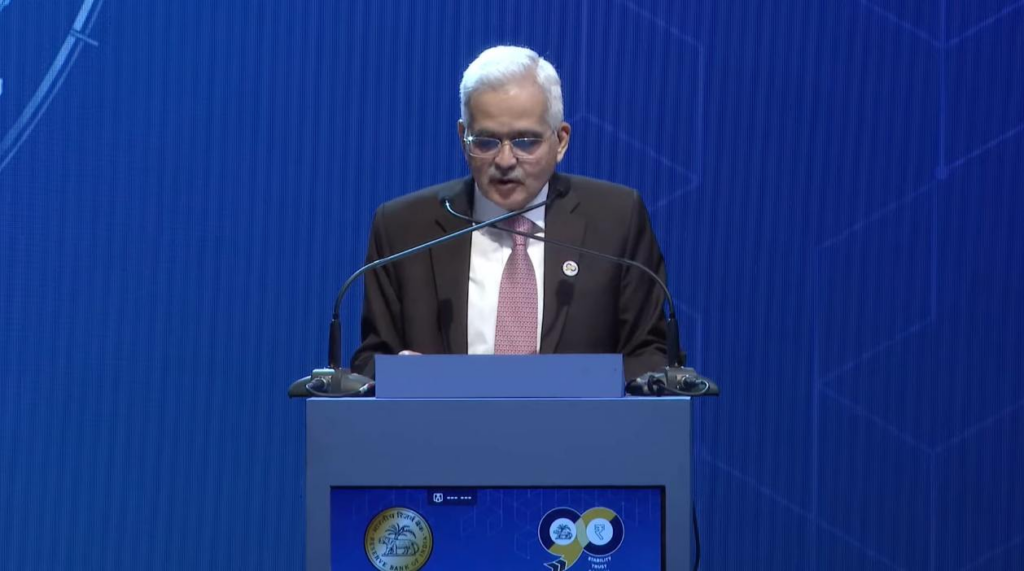India has cautiously introduced a CBDC, and local governments have declined to control cryptocurrency transactions.
According to Central Bank Governor Shri Shaktikanta Das, the country is not rushing to introduce a central bank digital currency (CBDC) but is still exploring the idea.
In an opening speech on August 26, Das stated that the country has five million retail CBDC customers and sixteen banks since commencing the digital rupee pilots in late 2022. The RBI Global Conference is focused on digital public infrastructure and emerging technologies.
The governor of the Reserve Bank of India stated that the retail and wholesale segments of CBDC pilots were included, with the retail pilot commencing with the first use case of payments. Das states that India is presently evaluating the retail CBDC’s programmability as well as offline and offline features.
RBI governor: India should take time to implement a CBDC.
Das underlined throughout the conference that India shouldn’t rush to implement a “system-wide CBDC” until it thoroughly understands how it would affect users, monetary policy, the financial system, and the economy.
Pilots’ user data gathering would provide this understanding. According to Das, it is possible to introduce CBDC progressively.
Then, with confidence, he said that CBDC “undoubtedly” can “underpin the payment systems of the future,” referring to both cross-border and domestic payments.

According to Das, assuring the delivery of payments to the intended user is one example of CBDC’s programmability capabilities.
“Because they lack the land title to present to the banks, tenant farmers frequently struggle to obtain agricultural credit for inputs and raw materials,” the governor said, adding that the CBDC would be a helpful instrument in identifying farmers and producing carbon credits.
Das listed other use cases for features like offline availability and anonymity, which are suggested to be released gradually.
India’s cryptocurrency laws still need to be clarified.
Das’s recent comments support India’s initial intentions to move the CBDC testing without hiccups.
There are similarities between India’s hesitant attitude to CBDC introduction and its position on cryptocurrency experiments, such as Bitcoin BTC$63,784.
While certain Indian authorities have approved reopening the prominent international cryptocurrency exchange Binance, other regulators have purposefully refrained from regulating cryptocurrency transactions.
Early in August, Pankaj Chaudhary, the state minister in charge of the Indian Ministry of Finance, stated that there are currently no plans for the government to control the buying and selling of cryptocurrencies.
“In the country, virtual digital assets, or crypto assets, are unregulated, and the government does not gather data on these assets,” he said.
Reportedly, India is preparing to revise its digital asset regulatory strategy while the Department of Economic Affairs drafts a significant consultation document regarding cryptocurrency laws.



